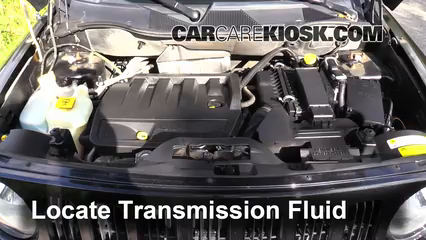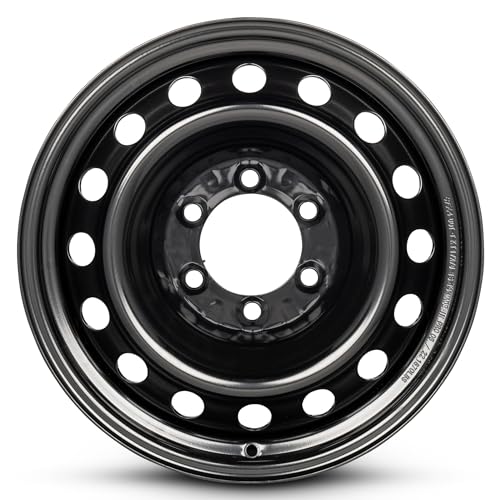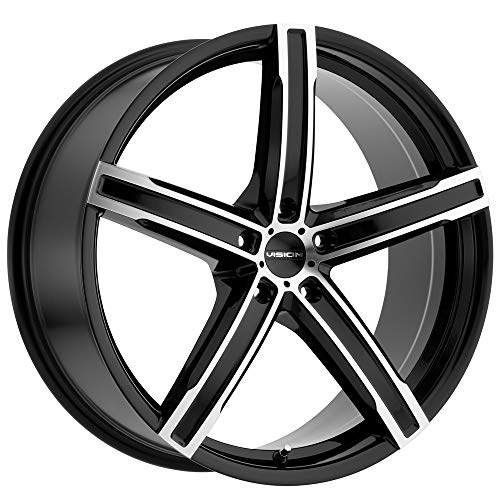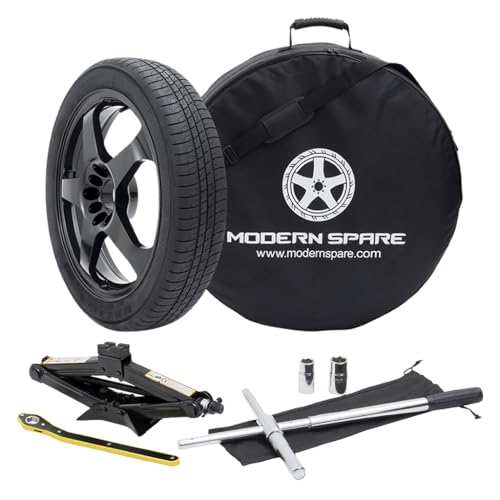The 2008 Jeep Patriot is a strong vehicle. It takes you where you need to go. To keep it running well, you need to care for it. One important part is the transmission fluid. Let’s learn about it.
What is Transmission Fluid?
Transmission fluid is a special liquid. It helps your car change gears. It also keeps the transmission cool. Without it, the car would not work well. The fluid is very important.
Why is Transmission Fluid Important?
Transmission fluid does many jobs. It makes sure the gears work smoothly. It stops the parts from getting too hot. It also cleans the inside of the transmission. This means less dirt and damage.
Types of Transmission Fluid
There are different types of transmission fluid. Each type has a special job. The 2008 Jeep Patriot needs a specific kind. This is called ATF+4. It is made for Chrysler vehicles. Using the right fluid keeps the car healthy.

Credit: www.youtube.com
How to Check Transmission Fluid
Checking the fluid is easy. You can do it at home. Follow these steps:
- First, park the car on a flat surface.
- Turn on the engine and let it warm up.
- Open the hood of the car.
- Find the transmission dipstick. It looks like a long stick.
- Pull out the dipstick and wipe it clean.
- Put the dipstick back in, then pull it out again.
- Look at the fluid level on the stick.
- If it’s low, you need to add more fluid.
Always check the fluid level with the engine running. This gives the right reading.
When to Change Transmission Fluid
Changing the fluid is important too. Over time, the fluid gets old. It can pick up dirt and lose its power. For the 2008 Jeep Patriot, change the fluid every 30,000 to 60,000 miles. This keeps the transmission in good shape.
Credit: www.jeeppatriot.com
How to Change Transmission Fluid
Changing the fluid can be a bit tricky. Here are the basic steps:
- First, gather your tools and supplies.
- You will need a new filter and gasket.
- Also, get the right amount of new fluid.
- Lift the car using a jack.
- Place a pan under the transmission.
- Remove the drain plug and let the old fluid out.
- Take off the transmission pan.
- Replace the old filter with a new one.
- Put on a new gasket.
- Reattach the transmission pan.
- Add new fluid through the dipstick tube.
- Check the fluid level and adjust if needed.
If you are not sure, ask a mechanic for help. They can do it safely.
Signs of Transmission Problems
Watch for signs of trouble. If the transmission fluid is low, you might notice:
- Strange noises when shifting gears.
- Gears slipping or not engaging.
- A burning smell coming from the engine.
- Leaking fluid under the car.
- Check engine light on.
If you see any signs, check the fluid right away. Fixing small problems helps avoid big repairs.
Benefits of Regular Maintenance
Taking care of your transmission fluid has many benefits:
- Keeps your car running smoothly.
- Prevents expensive repairs.
- Extends the life of your vehicle.
- Improves fuel efficiency.
- Ensures a safe driving experience.
Regular checks and changes keep your Jeep Patriot happy.
Frequently Asked Questions
What Type Of Transmission Fluid Does A 2008 Jeep Patriot Use?
The 2008 Jeep Patriot typically uses ATF+4 transmission fluid. Always check your manual for confirmation.
How Often Should I Change The Transmission Fluid?
Change the fluid every 60,000 miles. Regular maintenance can help avoid transmission issues.
Can I Use Any Brand Of Transmission Fluid?
It’s best to use Jeep recommended brands. They ensure compatibility and performance.
What Are Signs Of Low Transmission Fluid?
Signs include slipping gears, strange noises, and delayed shifting. Check fluid levels if you notice these.
Conclusion
The 2008 Jeep Patriot is a reliable car. But it needs care to stay strong. Transmission fluid is a key part of this care. By checking and changing it, you keep the car running well. Follow these simple steps. Your Jeep will thank you!
Remember, if you are unsure, always ask for help. A mechanic can guide you. Keep your Jeep in top shape. Safe driving!





Leave a Reply